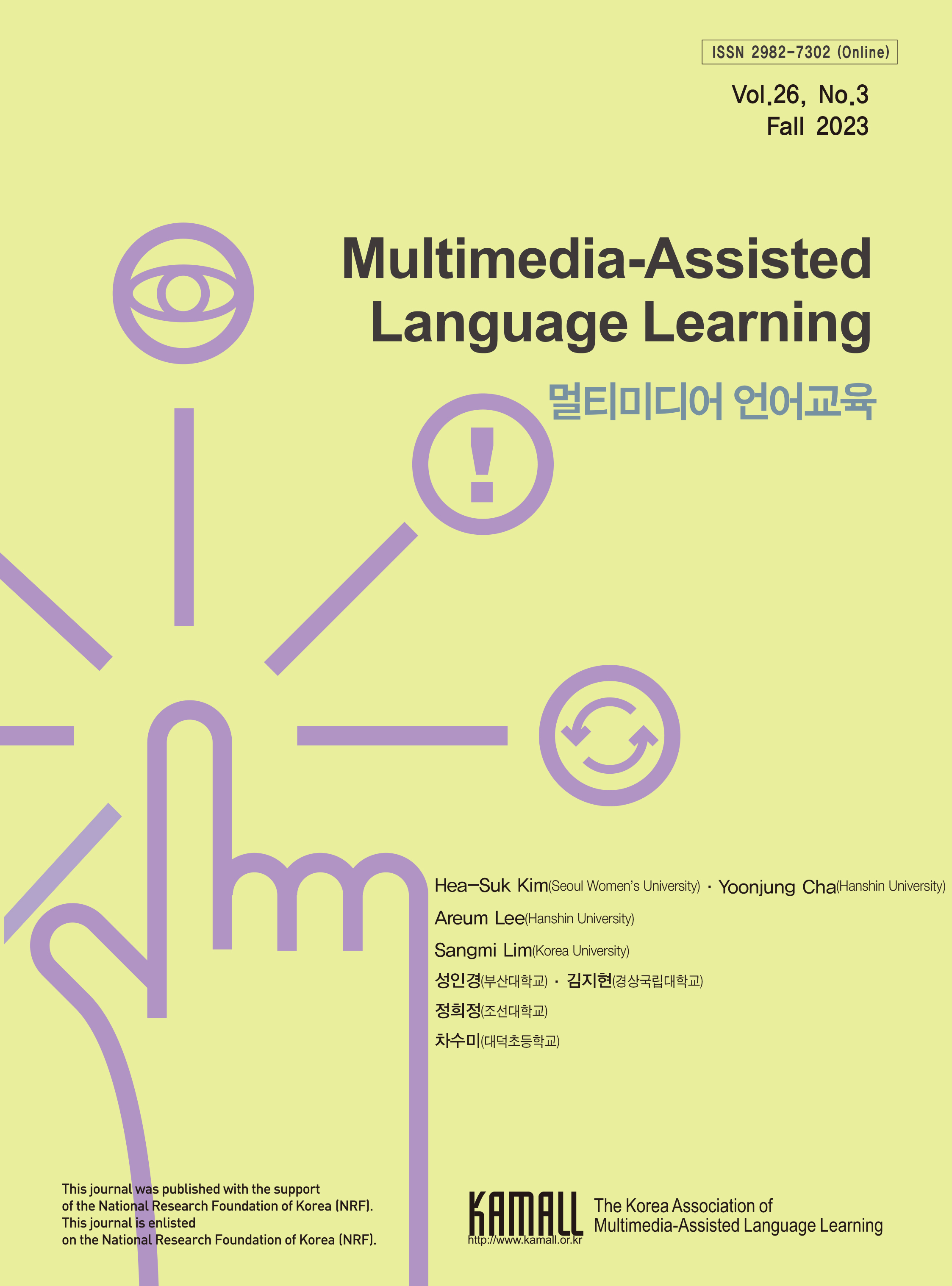Min Hye Cho
DOI:10.15702/mall.2025.28.2.31 Vol.28(No.2) 31-54, 2025
Abstract
This study conducts a comparative analysis of English as a Foreign Language (EFL) textbooks used in the Korean-ethnic Joseonhakgyo (朝鮮学校) secondary schools and Japanese secondary schools. Chongryon (總聯), a pro-North Korean organization, has established and operated Joseonhakgyo with financial support from North Korea, allowing them to maintain independence from the Japanese government. Utilizing a text mining approach, textbooks published by Hagusobang (学友書房), a publishing company managed by Chongryon, were analyzed and compared to those of the Japanese publisher Gakko Tosho Kabushiki Gaisha (学校図書株式会社). This study aims to identify whether there is alignment between the EFL learning content of Joseonhakgyo and Japanese secondary schools, along with an examination of how Chongryon has responded to internal expectations―particularly from students and parents―who seek educational outcomes that facilitate integration into mainstream Japanese society. To achieve this, text mining techniques, like topic modeling and vocabulary analysis, were utilized to discover patterns in learning content and reveal how the textbooks differentiate. Findings reveal that the textbooks share similarities in the core of their educational content; however, there are clear differences regarding their educational focus. The Japanese textbook prioritizes a balanced development of the four language skills, whereas the Joseonhakgyo textbook places greater emphasis on ethnic identity through the inclusion of cultural elements. To better align with Japan’s mainstream curriculum, this study recommends Joseonhakgyo expand their use of real-life speaking and listening activities and diversify their reading and writing tasks by integrating more multicultural content alongside their ethnic cultural content. Additionally, the findings confirm that text mining is an effective tool for objectively analyzing educational materials, offering empirical support for curriculum development. Future studies should incorporate longitudinal analysis of curriculum changes and combine qualitative methods to gain deeper insights.
Key Words
ethnic education, comparative analysis, EFL education, school textbooks, text-mining



